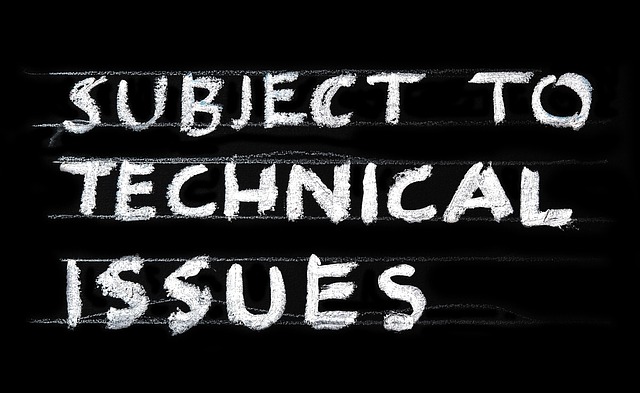Navigating Environmental Regulations Amid Climate Change
As the world faces unprecedented environmental challenges, the concept of regulation has never been more critical. Climate change is not just a distant threat; it is a current reality that affects our daily lives, from extreme weather patterns to devastating wildfires. Understanding the regulatory frameworks that govern our response to climate change is essential for everyone who wishes to engage in effective environmental stewardship.
The Urgency of the Moment
The signs of climate change are all around us. Rising sea levels, unpredictable weather events, and diminishing biodiversity serve as stark reminders of our planet’s fragility. As citizens become increasingly aware of these challenges, there is a growing demand for environmental regulations that can effectively address and mitigate these issues. The urgency of implementing robust regulatory measures cannot be overstated; it is a matter of survival for countless species, ecosystems, and even social structures.
Understanding Environmental Regulation
Environmental regulation encompasses a variety of policies and laws designed to protect the natural world. These regulations aim to control pollution, manage natural resources, and support sustainable practices. They establish guidelines for industries that may adversely impact the environment, ensuring that economic activities do not come at the expense of our planet. As we navigate the complexities of climate change, understanding these regulations is vital for individuals and businesses alike.
The Role of Community Engagement
Community involvement is a powerful tool in influencing environmental regulations. When citizens come together to advocate for sustainable practices and stricter environmental policies, they can drive significant change. Public comments, petitions, and local activism have historically played essential roles in shaping these regulations. By participating in community discussions and collaborative efforts, individuals can help hold lawmakers accountable and encourage more robust environmental protections.
Innovation and Regulation
As new technologies emerge, they can provide innovative solutions to enhance compliance with environmental regulations. From renewable energy sources to carbon capture techniques, the intersection of technology and regulation offers hope in combating climate change. Policymakers are increasingly recognizing the importance of fostering innovation in order to craft regulations that promote sustainable practices without stifling economic growth.
Global Cooperation
The fight against climate change transcends borders, necessitating a global approach to regulation. International agreements like the Paris Accord reflect a collective commitment to reducing greenhouse gas emissions and curbing global warming. However, the success of such initiatives relies heavily on countries’ willingness to adhere to and implement these frameworks effectively. Global collaboration helps to alleviate the burden on individual nations and inspires shared responsibility in combating environmental issues.
The Road Ahead
As we continue to navigate the complexities of climate change, understanding the landscape of environmental regulation will empower us to take informed actions. The journey may be fraught with challenges, but the collective effort of communities, businesses, and governments can lead to significant strides in protecting our planet. Together, we can champion effective regulations that prioritize environmental health, ensuring a sustainable future for generations to come.




